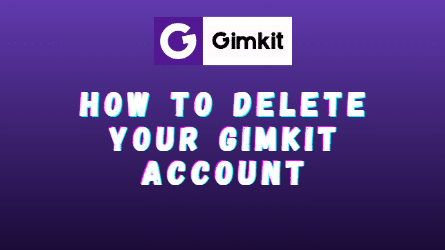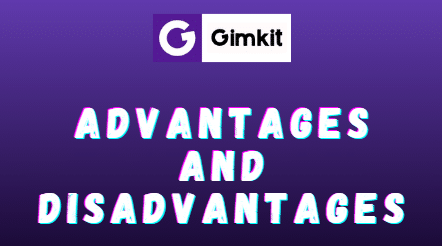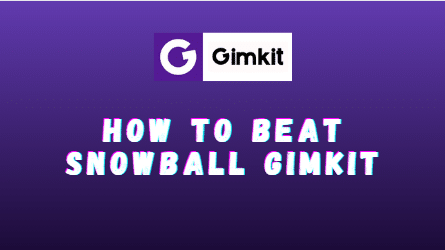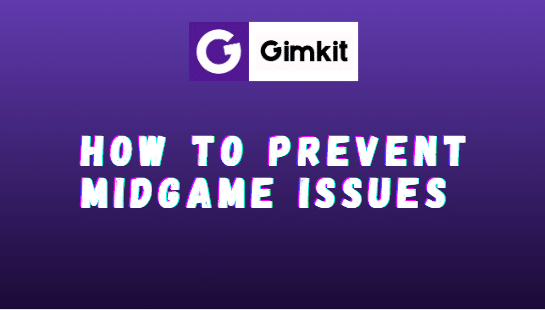What is the Difference Between Gimkit and Kahoot?
In this article, we learn about the differences between Gimkit and Kahoot. Discover a detailed comparison of these popular interactive learning platforms, exploring their features, gameplay, and educational benefits to determine which one best suits your teaching needs.
Difference Between Gimkit and Kahoot
Interactive learning platforms have revolutionized education, offering engaging and effective tools for student participation. Two prominent platforms in this space are Gimkit and Kahoot. While both platforms provide interactive learning experiences, they differ in several aspects.
In this article, we will delve into the differences between Gimkit and Kahoot, examining their features, gameplay, and educational benefits. By understanding these distinctions, educators can make informed decisions about which platform best aligns with their teaching goals and student needs.
Features and Gameplay of Gimkit:
Gimkit is an interactive learning platform that combines game elements with educational content. It offers customizable game sets, allowing educators to create engaging learning experiences tailored to their specific teaching objectives. May Also Like: How to Earn Money in Gimkit?
Gimkit operates on a points-based system, where students earn in-game currency known as “Gimkit cash” by answering questions correctly. The platform provides immediate feedback, progress tracking, and analytics to monitor student performance and tailor instruction accordingly.
Features and Gameplay of Kahoot:
Kahoot is another popular interactive learning platform that focuses on quiz-based learning. It allows educators to create and customize quizzes, polls, and surveys to assess student knowledge and engagement.
Kahoot employs a competitive element, where students compete against each other individually or in teams, aiming to answer questions correctly and earn points. The platform offers real-time feedback, leaderboard rankings, and a variety of game formats to enhance student engagement.
Differences in Engagement and Interaction:
Gimkit and Kahoot differ in their approaches to student engagement and interaction. Gimkit’s gameplay revolves around earning and spending in-game currency, fostering a sense of personal progress and customization. Students can purchase power-ups and rewards using their Gimkit cash, enhancing their gameplay experience.
In contrast, Kahoot places a stronger emphasis on competition, with students striving for high scores and leaderboard rankings. The competitive element in Kahoot often motivates students to actively participate and engage in the learning process.
Customization and Personalization:
When it comes to customization and personalization, Gimkit provides more flexibility compared to Kahoot. Educators can tailor game sets in Gimkit, including question difficulty levels, content categories, and even the appearance of the game interface.
This customization allows for a more personalized learning experience that caters to individual student needs. On the other hand, Kahoot offers customization options such as question format and multimedia integration, but it does not provide the same level of customization as Gimkit.
Assessment and Learning Outcomes:
Both Gimkit and Kahoot offer assessment capabilities and contribute to learning outcomes, but they do so in slightly different ways. Gimkit’s immediate feedback and progress-tracking tools allow educators to monitor individual and class performance, identify areas of strength and weakness, and provide targeted interventions.
This data-driven approach helps improve learning outcomes and facilitates personalized instruction. Kahoot, with its quiz-based format, offers a quick and engaging way to assess student understanding. While it provides insights into overall class performance, Kahoot’s assessment focus is more immediate and may not offer the same depth of data analysis as Gimkit.
Application and Subject Suitability:
Gimkit and Kahoot also differ in their suitability for different subjects and learning scenarios. Gimkit’s customizable game sets make it versatile and adaptable across various subjects and learning objectives. It can be particularly effective for subjects that require memorization, recall, and application of knowledge. On the other hand, Kahoot’s quiz-based format lends itself well to quick knowledge checks, review sessions, and formative assessments. It may be better suited for subjects where factual recall and quick understanding are key.
Conclusion:
Gimkit and Kahoot are both popular interactive learning platforms that offer unique features and gameplay experiences. Gimkit focuses on customization, personalization, and the use of in-game currency to enhance student engagement and provide a tailored learning experience. On the other hand, Kahoot emphasizes competition, quick assessments, and immediate feedback to motivate student participation and assess knowledge retention.
When deciding between Gimkit and Kahoot, educators should consider their teaching goals, subject suitability, and the level of customization and personalization required. Gimkit’s flexibility and data-driven approach make it ideal for creating personalized learning experiences and monitoring student progress. Meanwhile, Kahoot’s competitive format and quick assessments are well-suited for engaging students in formative assessments and reinforcing knowledge through gamified quizzes.
Ultimately, the choice between Gimkit and Kahoot depends on the specific needs of educators and students. Both platforms offer valuable interactive learning experiences and can be effective tools for promoting student engagement and assessing learning outcomes. Educators are encouraged to explore and experiment with both platforms to determine which one aligns best with their teaching style and educational objectives.
Note: The above article is an example of how the content could be structured. Feel free to modify or add any additional information as per your requirements.







